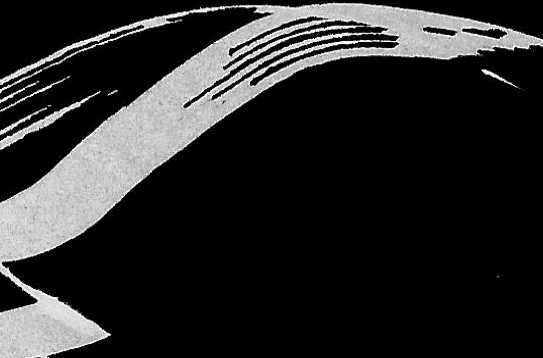
H. Masud Taj
A month before our daughter Zahra was born, I was commissioned to write on the sacred architecture of all religions. I turned down the request arguing my expertise did not extend beyond Muslim civilizations.
To celebrate Zahra’s arrival, my father suggested we have jalebis. We hunted a mithai shop for hot jalebis in cold Canada. While biting into one, with its juice bursting in my mouth, my mind connected the movement of the chef’s hand while making jalebis with rituals of movement in the practice of several religions.
“Jalebi & The Knot of Sacred Architecture” was born at that instant; a rapid essay, perhaps with lapses but the rant was published forthwith:
“The sacred in architecture reveals itself besides a roadside stall, while you watch your batch of hot jalebis being made. The jalebi is a fabrication of the ubiquitous spiral, hence when you sink your teeth into one, with the juice exploding in your mouth; you know what spirals taste like…”
Not only did the essay burst forth like the juice from a crunched jalebi, neither did it pause to check for calories or correctness while threatening to spiral out of control. Growing up in multicultural India, the crossroad of world religions had exposed me to enough religious practices to enable a tap dance between them, while hopefully not treading on too many toes. If I did, I could always fall back on Dr. Johnson’s dictionary definition of an essay as “a loose sally of the mind; an irregular indigested piece.”
The essay is a genre eminently suited to such trials by writing. The word ‘essay’ itself is from the French essai ‘trial, attempt,’ and hence ‘assay’: to try. The English essayist Francis Bacon was following the footsteps of the arch-essayist Michel Eyquem de Montaigne whose magnum-opus “Essays” was originally titled as “essais” or “tries.” De Montaigne declared, “For these are my own particular opinions and fancies, and I deliver them as only what I myself believe, and not for what is to be believed by others.” It’s this tentativeness, and not academic assertiveness, that allows the essay to assay. Or else it is didactic pretentiousness in the garb of uneasy academese (see what I mean?)
So the next time you come across “The heterogeneity of assumed intentions may incur a conclusory stereotype regarding gender selections in marriage-based societies, especially in those where the masculine hegemony of capital resources presupposes the feminization of property and uxorial acquisition…” know it is a mere academician attempting Jane Austen’s opening sentence, “It is a truth universally acknowledged, that a single man in possession of a good fortune, must be in want of a wife.”
Read her instead.
![]()
Author's note: Samuel Johnson's definition is from his A Dictionary of the English Language (1755). Michel de Montaigne quote is from his essay “Of the education of children.” (Trans. Charles Cotton. 1580. Quotidiana. Ed. Patrick Madden. 24 Sep 2007). The academese quote is from Victoria Dailey’s article in the New Yorker “Pride and Prejudice,” Translated into Academiotics (October 7, 2013). The above calligram Essay can be downloaded from Academia

“Essays continue to evolve as a literary form, with their birth and death being shaped by cultural, social, and technological factors over time.”